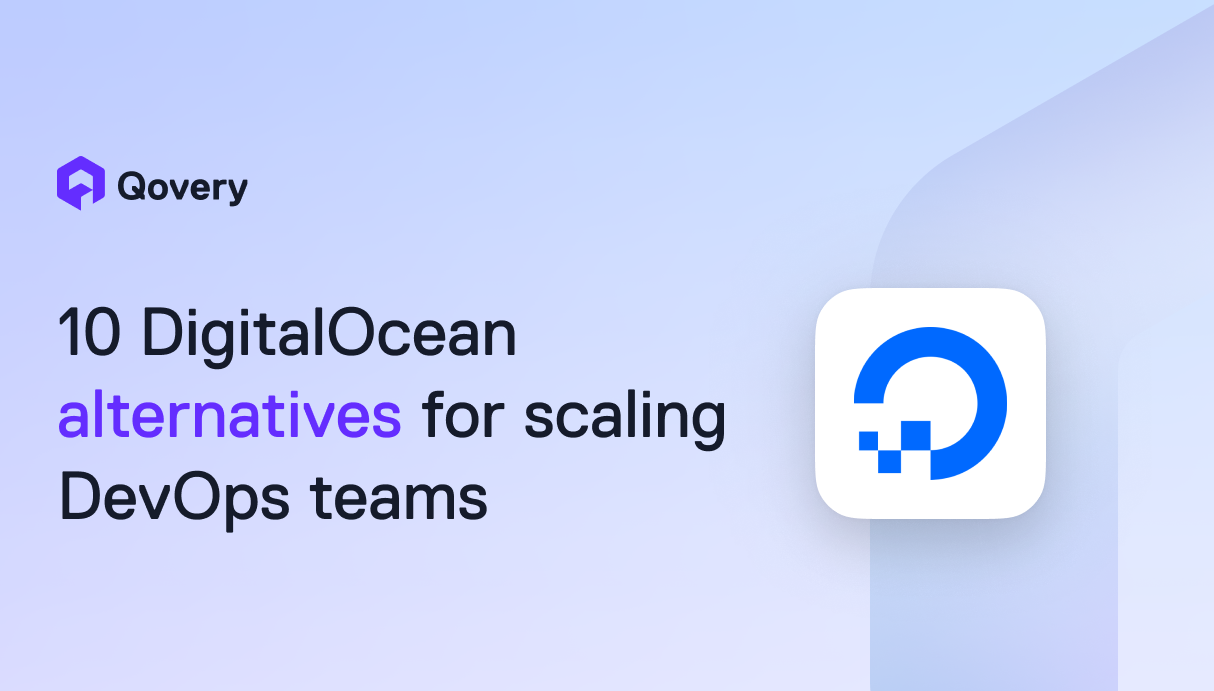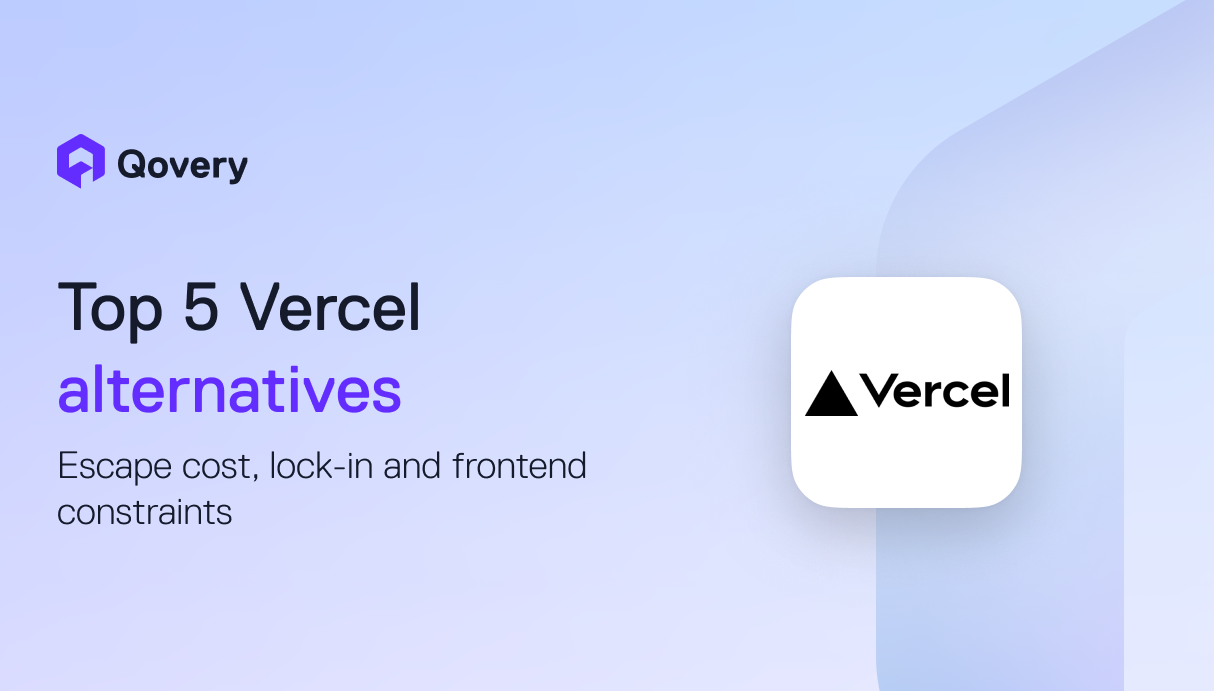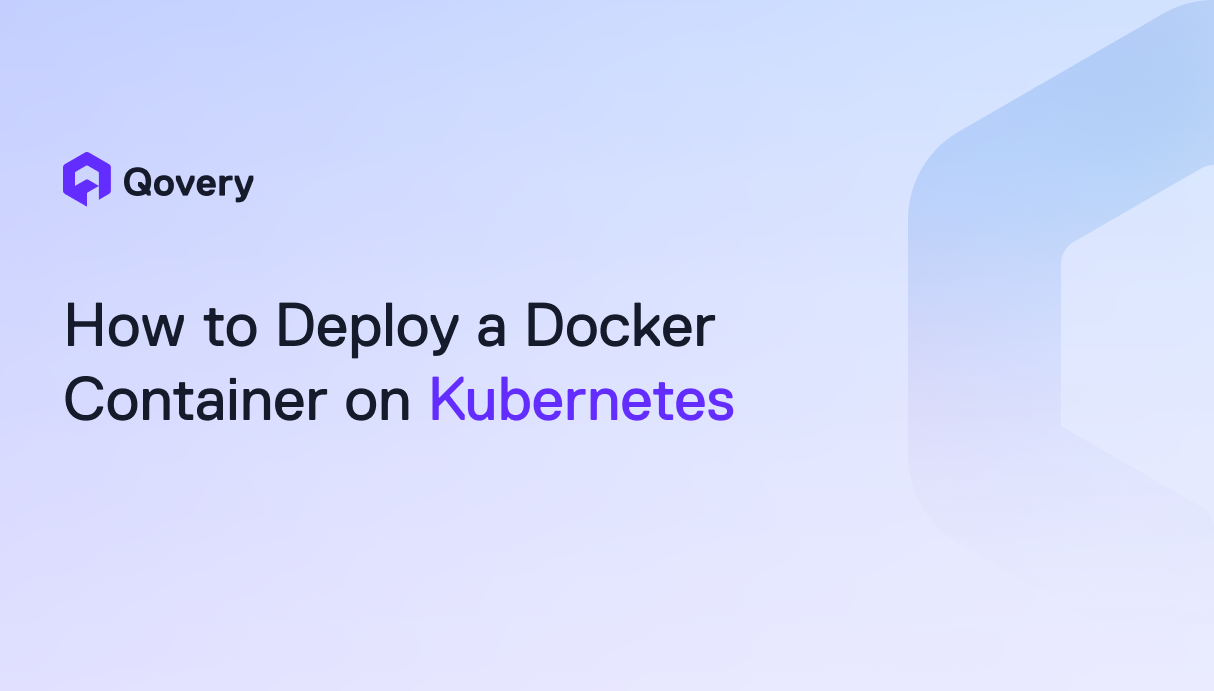
11 Best Tools To Improve Your Developer Experience (DevEx)



Why Developer Experience (DevEx) matters?
Developer Experience (DevEx) refers to the environment and tools developers use daily, aiming to enhance their productivity and satisfaction. It encompasses everything from the ease of setup to efficient workflows and resource availability. For an in-depth exploration, check out our previous article on Developer Experience.
A positive developer experience is vital as it has a direct impact on the productivity and output of development teams. When developers can dedicate less time to navigating complex processes and more time to actual coding, there’s a noticeable increase in overall productivity. Efficient DevEx setups lessen the cognitive burden, enabling developers to concentrate on creative problem-solving and innovation. This, in turn, leads to quicker development cycles and superior quality outputs.
11 Best Tools To Improve Your Developer Experience (DevEx)
Below, I have shortlisted 11 best tools that improve your developer experience. Let’s discuss these tools in detail!
1. Linear | Project Management
Linear is a project management and issue-tracking tool designed to help teams organize and track their work efficiently. It allows teams to create and manage tasks, set priorities, assign tasks to team members, and track progress.

Linear improves collaboration by allowing discussions on issues in context. It automates the management of tasks and issues, reducing friction. Linear integrates with existing workflows, providing seamless integration. It offers real-time feedback through its tracking features, and its documentation guides teams to write effective issues. By streamlining processes, Linear enhances productivity.
2. PostHog | Product Analytics
PostHog is an open-source product analytics platform designed to help businesses understand user behavior on their websites or applications. It provides a set of tools for tracking user interactions, analyzing data, and gaining insights to improve user experience and product performance.
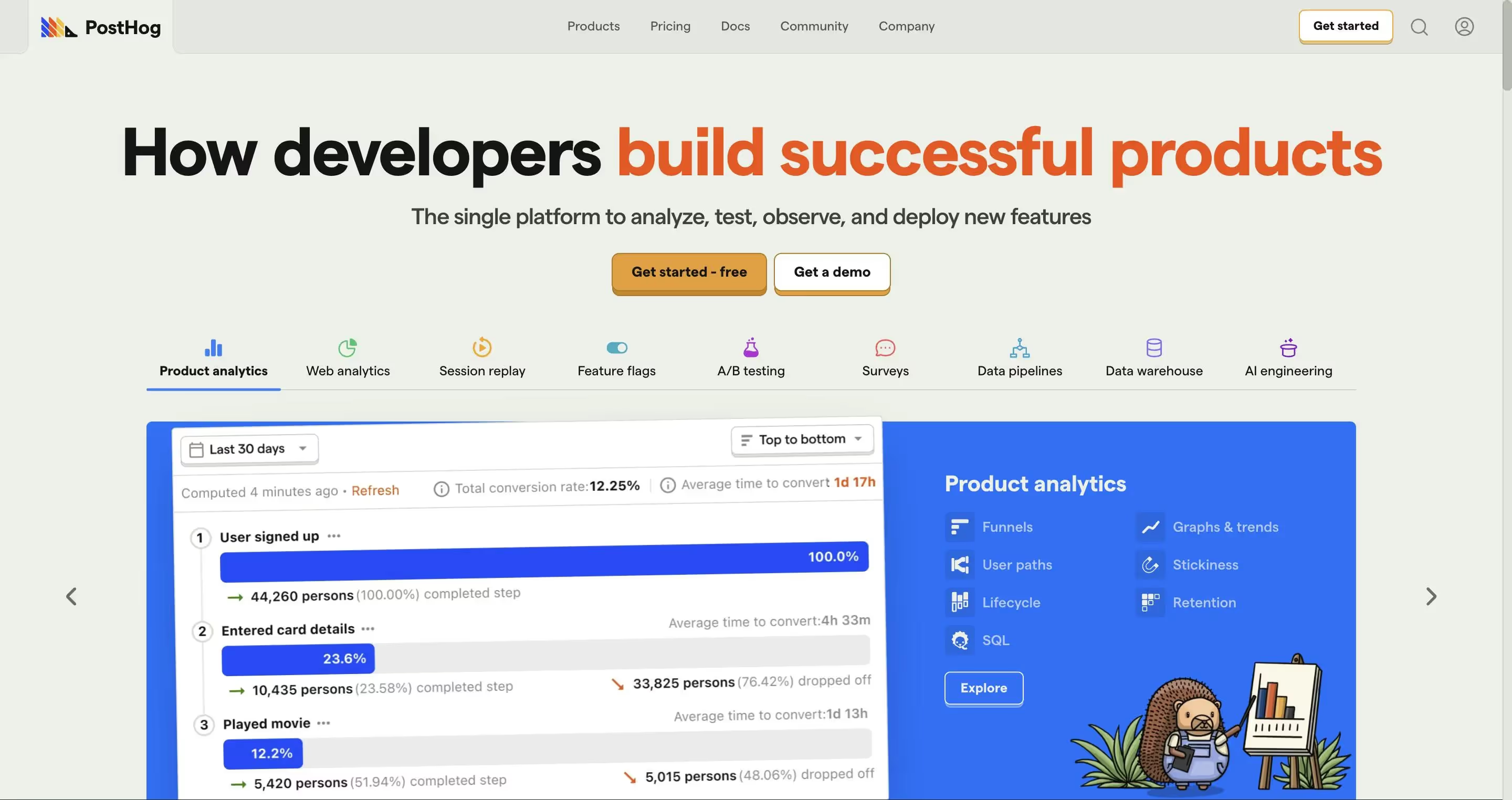
PostHog enhances collaboration by allowing developers to watch how users interact with their app, providing them with an event timeline, network requests, and even console logs. It automates the process of tracking user interactions, reducing the friction of manual tracking. PostHog integrates with your existing tools and cloud accounts, allowing you to continue using your preferred monitoring, CI/CD, and security solutions. It offers real-time feedback through its analytics features, and its comprehensive documentation aids understanding. By automating repetitive tasks, PostHog boosts productivity.
3. Qovery | Internal Developer Platform
Qovery is an Internal Developer Platform (IDP) that cuts noise for developers with paved paths to production. It allows developers to describe their dev environment as code and start instant and fresh development environments for each new task directly from the browser.
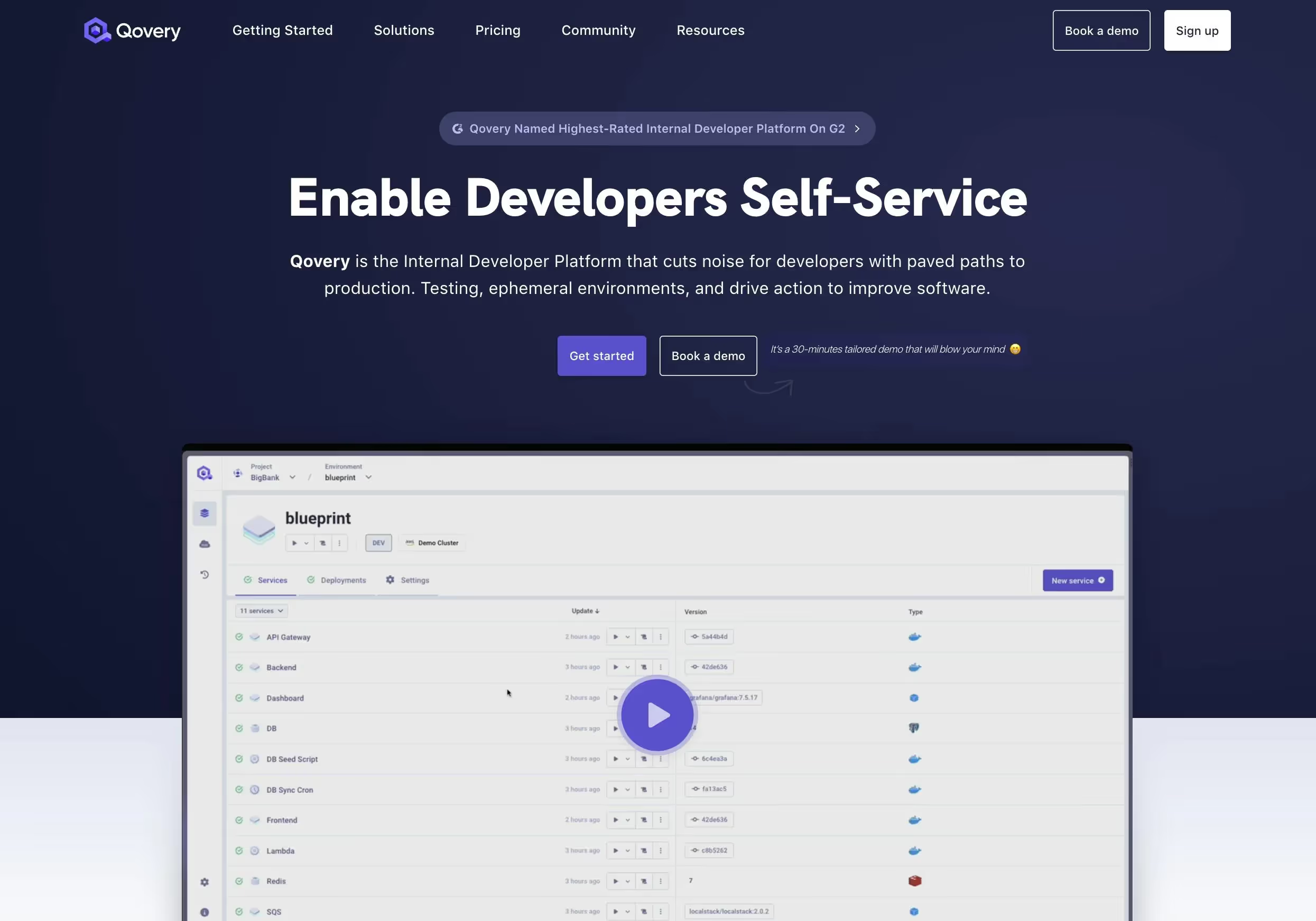
Qovery promotes collaboration by providing a platform where developers can work together in real-time. It automates the setup of development environments, reducing the friction of manual setup. Qovery integrates with git providers, CI/CD, and cloud providers, offering seamless integration. It provides a self-service platform for developers, and its documentation helps them understand how to configure their environments. By eliminating repetitive tasks, Qovery significantly improves productivity.
4. Doppler | Secrets Management
Doppler is a secrets management platform that centralizes and automates the management of environment variables and secrets for applications. It ensures secure storage and access to sensitive information.
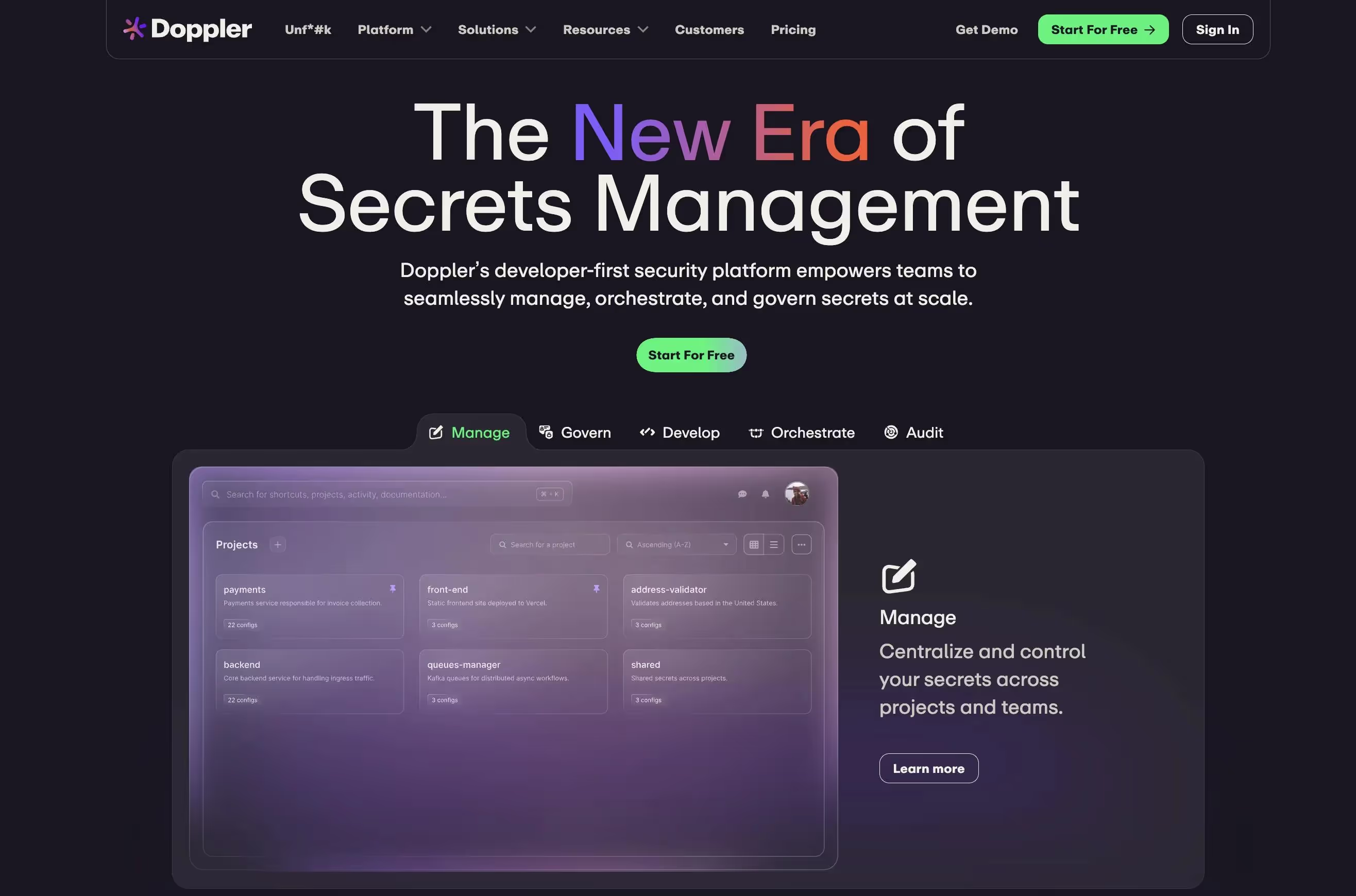
Doppler enhances the developer experience by simplifying the management of secrets and environment variables across development, staging, and production environments. Its automation capabilities eliminate manual processes for updating and distributing secrets, reducing the risk of errors and increasing efficiency. Doppler integrates seamlessly with popular development tools and platforms, facilitating smooth workflows and collaboration. Real-time synchronization ensures that all team members have access to the latest configurations, reducing friction and improving coordination. Comprehensive documentation and support help developers quickly implement and troubleshoot the platform. By ensuring secure and efficient management of sensitive information, Doppler boosts productivity and enhances the overall developer experience.
5. Gitpod | Cloud Integrated Development Environment (IDE)
Gitpod is a cloud development environment that automates the provisioning of ready-to-code developer environments. It allows developers to describe their dev environment as code and start instant and fresh development environments for each new task directly from the browser.

Gitpod excels in creating pre-configured development environments tailored to specific projects. Developers define their needs as code, allowing them to jump into ready-to-use environments directly from the browser, with no local setup required. This instant access streamlines workflows, eliminates setup headaches and promotes real-time collaboration within teams. Integration with existing developer tools ensures a smooth experience, while real-time monitoring and extensive documentation empower developers to work efficiently.
6. Postman | API Development
Postman is a comprehensive API development platform that facilitates the building, testing, and documentation of APIs. Its user-friendly interface and extensive feature set make it a go-to tool for developers working with APIs.
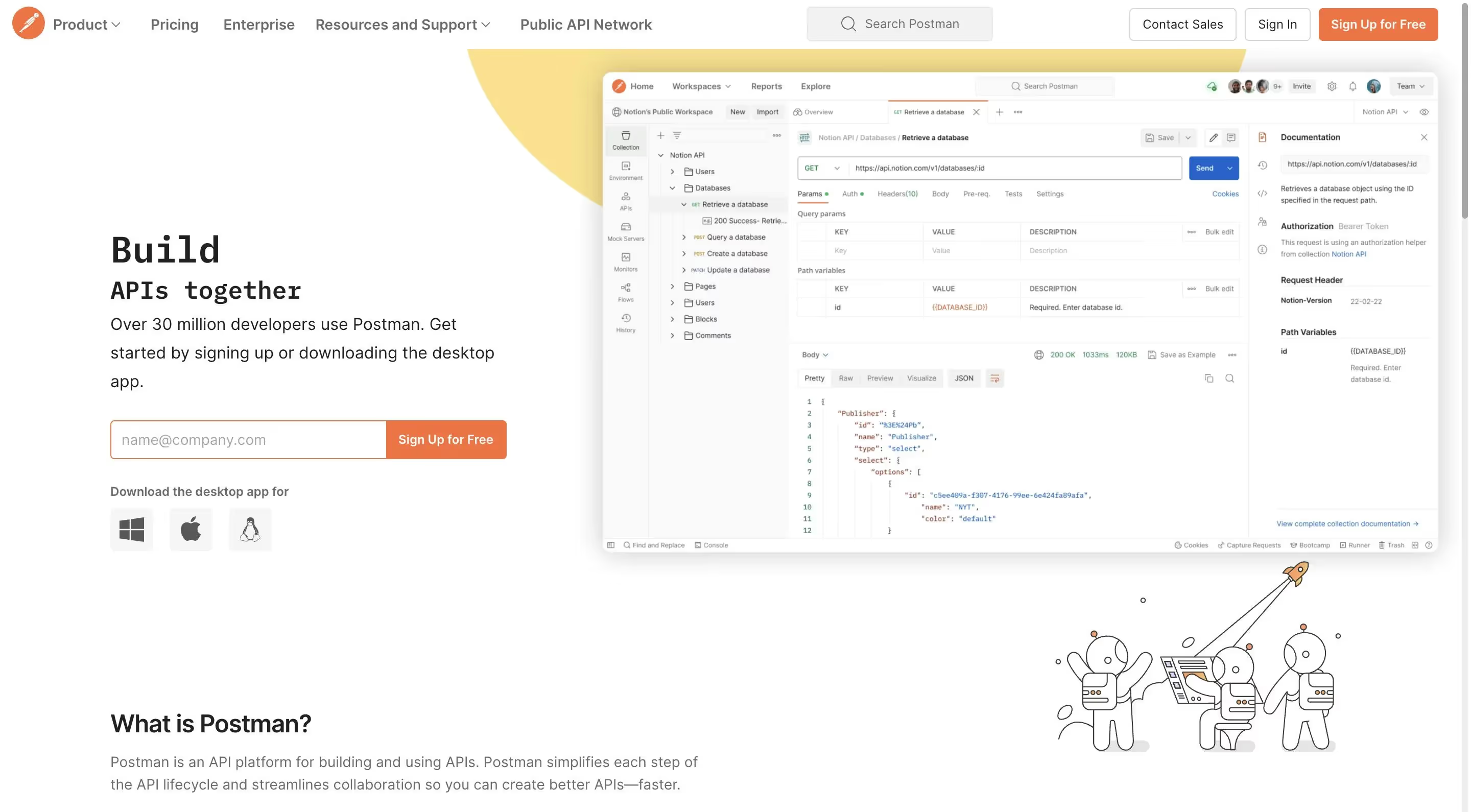
Postman boosts team synergy by offering shared workspaces for seamless collaboration. Its automation capabilities simplify testing and integration, reducing manual work and ensuring reliable performance. Postman’s user-friendly interface and detailed documentation make it easy to start and resolve issues. Immediate feedback on API requests and responses allows for quick problem identification and resolution, enhancing productivity. The tool’s auto-generated API documentation provides clear and user-friendly information for all developers, leading to a smoother development process.
7. Vercel | Frontend Cloud
Vercel is a cloud platform designed for frontend developers, offering seamless deployment, performance optimization, and scalability for web applications. It focuses on providing a superior development experience through automation and ease of use.

Vercel greatly improves the developer experience by smoothly integrating with widely used version control systems like GitHub, GitLab, and Bitbucket, promoting teamwork. Its automated build and deployment processes keep applications up-to-date, minimizing the need for manual updates. The platform’s no-configuration deployments and easy-to-use dashboard remove setup hurdles, letting developers concentrate on coding. Instant previews and live updates provide immediate feedback on modifications, accelerating the development and review process. Vercel’s thorough documentation helps developers fully utilize the platform’s features, leading to increased efficiency and quicker deployment cycles.
8. Datadog | Observability & Monitoring
Datadog is an observability platform that supports every phase of software development. It aggregates metrics and events across the full DevOps stack, providing full visibility into your platform.
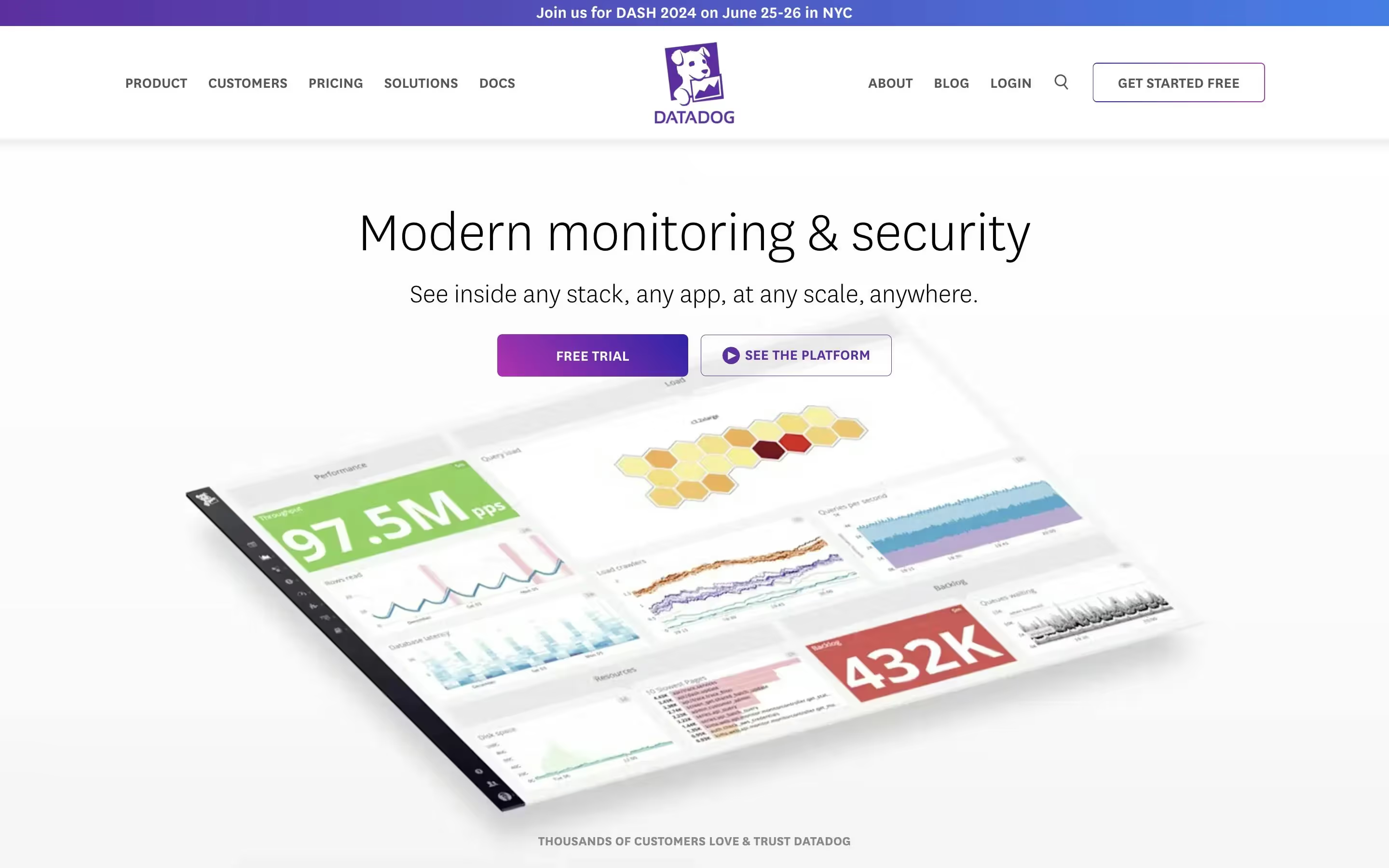
Datadog enhances collaboration by providing a unified platform where teams can discuss issues in-context with production data. It automates the monitoring of infrastructure metrics, distributed traces, logs, and more, reducing the friction of manual monitoring. Datadog’s integrations and API provide seamless integration with existing tools. It offers real-time feedback through alerts, and its comprehensive documentation aids understanding. By automating repetitive tasks, Datadog boosts productivity.
9. Cloudflare | Web Performance & Security
Cloudflare is a leading web performance and security platform that provides a range of tools designed to protect and accelerate websites. Its services are essential for ensuring the smooth operation and security of web applications.
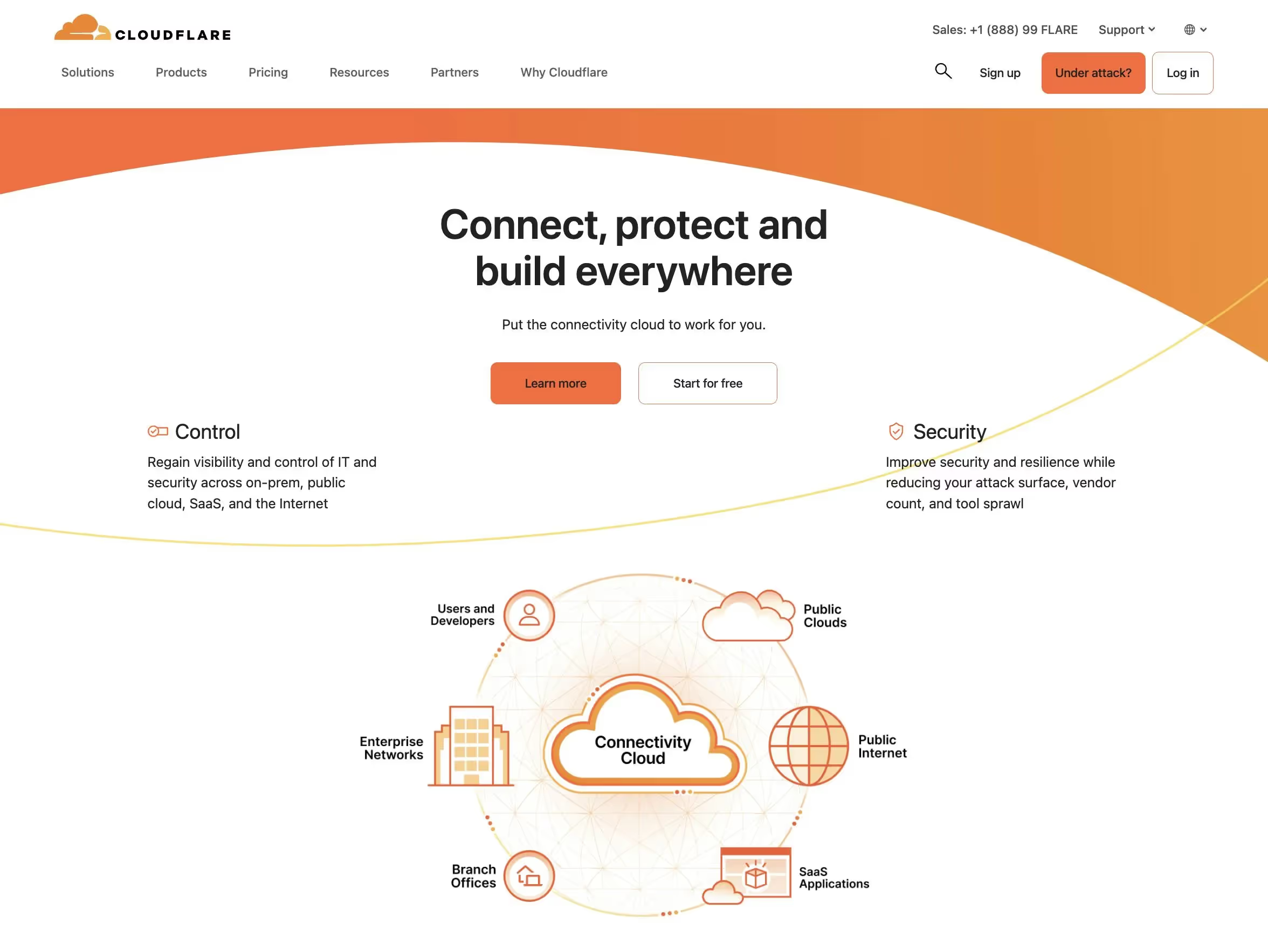
Cloudflare improves the developer experience by providing a single dashboard for managing security settings and performance enhancements collaboratively. Its integration with CI/CD pipelines and automated security updates guarantee ongoing protection and improved performance without extra manual work. Cloudflare’s one-click security and performance features simplify web optimization and security management. Real-time analytics and monitoring offer instant insights into website performance and security, enabling swift adjustments and enhancements. Comprehensive documentation and community support help developers effectively implement and troubleshoot Cloudflare’s features. By taking care of security and performance management, Cloudflare lets developers focus on core development tasks, boosting overall productivity and application security.
10. Stripe | Online Payments Processing
Stripe is a robust online payment processing platform that enables businesses to accept and manage payments over Internet. It is widely used for its ease of integration and comprehensive suite of payment solutions.
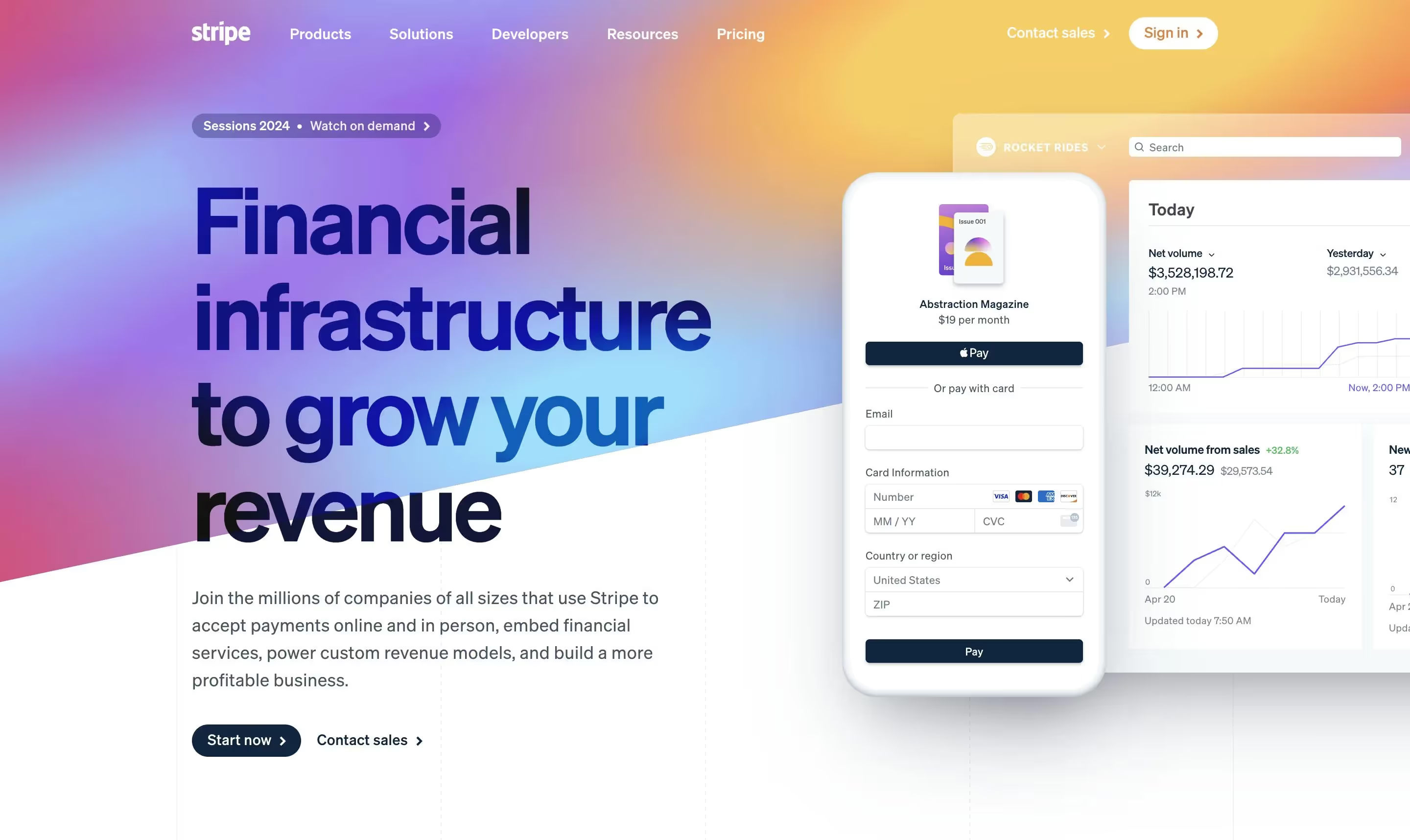
Stripe enhances developer experience through its well-documented APIs and extensive libraries, which facilitate easy integration into various applications. Its automation of payment workflows, including billing, subscriptions, and fraud detection, reduces manual tasks and potential errors, thus boosting productivity. Stripe’s dashboard provides real-time insights and analytics, helping developers and businesses track and manage transactions efficiently. The platform's built-in support for multiple payment methods and currencies simplifies global transactions, while its strong security measures ensure compliance and reduce the burden of managing payment security. Overall, Stripe’s focus on automation, integration, and robust documentation helps streamline payment processing and enhances the overall developer experience.
11. Auth0 | Identity Management
Auth0 is a flexible identity management platform that provides authentication and authorization solutions for applications. It simplifies the process of securing applications with robust user management features.
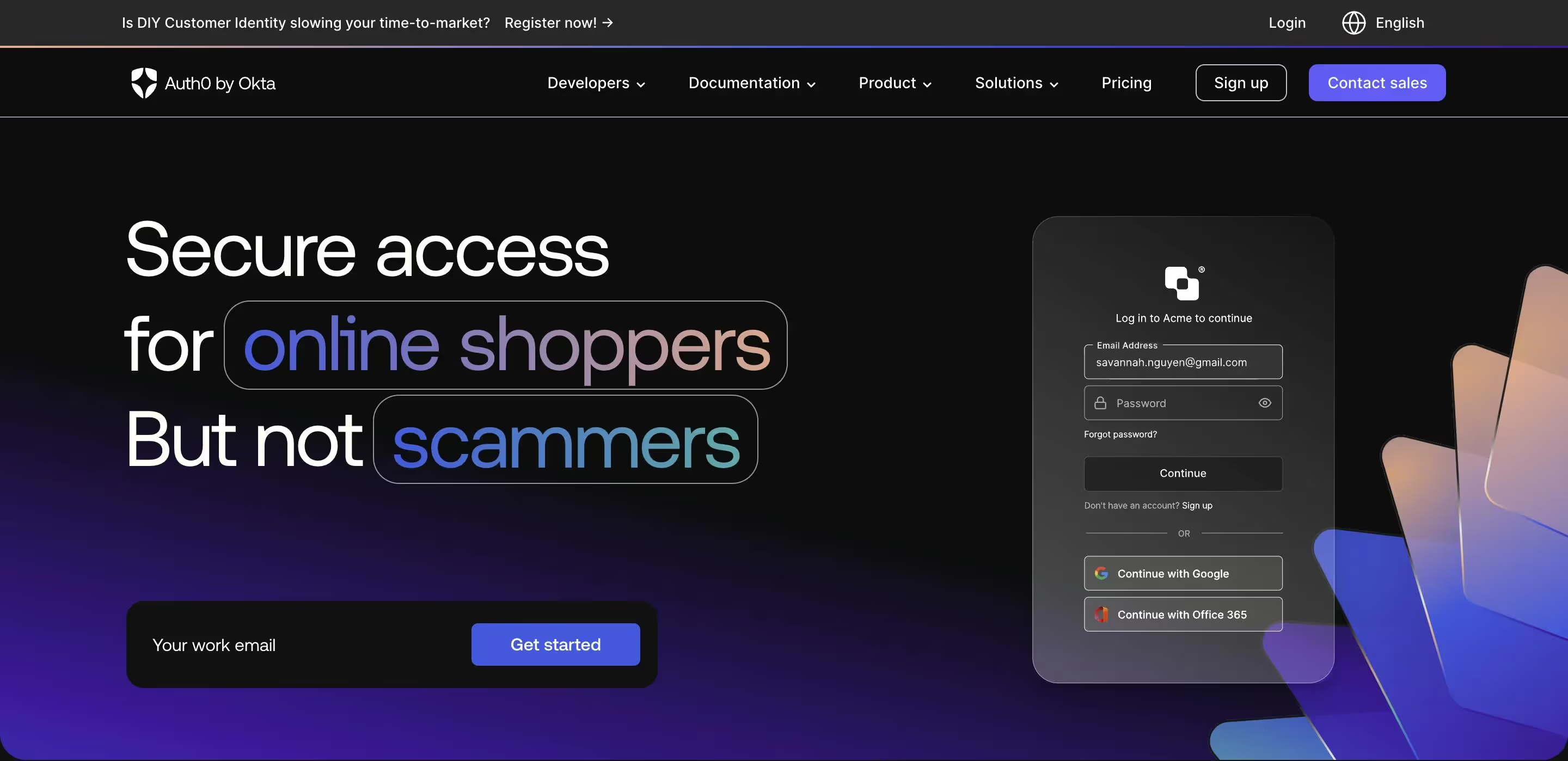
Auth0 enhances the developer experience by providing seamless integration with various platforms and technologies, simplifying the implementation of authentication and authorization. Its comprehensive documentation and pre-built integrations speed up development and lessen the learning curve. The platform’s automation of security protocols and compliance measures guarantees robust protection with minimal manual intervention. Auth0’s real-time monitoring and analytics offer valuable insights into authentication flows, enabling quick identification and resolution of issues. By simplifying user management and boosting security, Auth0 enables developers to concentrate on core application functionality, improving overall productivity and reducing friction in the development process.
What to consider when selecting a DevEx tool?
Collaboration
The tool should promote teamwork and enable developers to work together seamlessly. Look for features like shared workspaces, real-time editing, and in-context discussions that can enhance collaboration and communication within the team.
Automation and integration
A good DevEx tool should automate repetitive tasks and integrate smoothly with your existing tech stack. This not only speeds up the development process but also ensures consistency and reduces the chances of errors. Features to look for include automated testing, continuous integration/continuous deployment (CI/CD), and compatibility with popular version control systems.
Friction reduction
The tool should be easy to use and intuitive, reducing the friction that developers often face when adopting a new tool. Look for a user-friendly interface, easy setup, and a gentle learning curve. The tool should also be reliable and performant, ensuring that developers don’t face unnecessary obstacles in their workflow.
Feedback loops
Quick and constructive feedback is crucial in the software development process. The tool should provide real-time or near-real-time feedback to help developers identify and fix issues quickly. This could be in the form of real-time analytics, instant previews, live updates, or integrated debugging tools.
Documentation
Comprehensive and clear documentation is a must for any DevEx tool. Good documentation not only helps developers get started quickly but also serves as a valuable reference for troubleshooting and best practices. Look for up-to-date, searchable, and well-organized documentation.
Impact on productivity
Ultimately, the goal of a DevEx tool is to boost developers’ productivity. Consider how the tool will impact the team’s workflow and efficiency. Does it automate tedious tasks? Does it help developers focus on writing code rather than managing infrastructure? Does it make collaboration and communication easier? The answers to these questions can help you gauge the tool’s potential impact on productivity.
Conclusion
Improving the Developer Experience (DevEx) is crucial for any organization aiming to enhance its software development lifecycle and overall project success. The tools mentioned, from Qovery’s Internal Developer Platform to PostHog’s Product Analytics, each have a significant part in easing workflows, improving teamwork, and offering instant feedback. By incorporating these tools into your development routine, you can reduce manual labor, optimize processes, and promote a more favorable environment. Investing in the appropriate DevEx tools not only strengthens developers but also speeds up development timelines and improves the overall results of projects.
To experience first-hand the power of a great Developer Experience Infrastructure with Qovery, start a 14-day free trial - no credit card required!

Suggested articles
.webp)



.svg)
.svg)
.svg)



